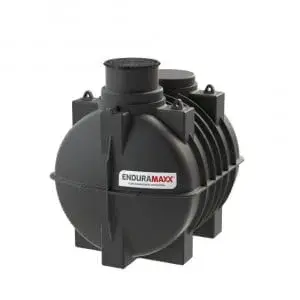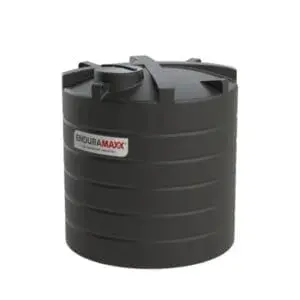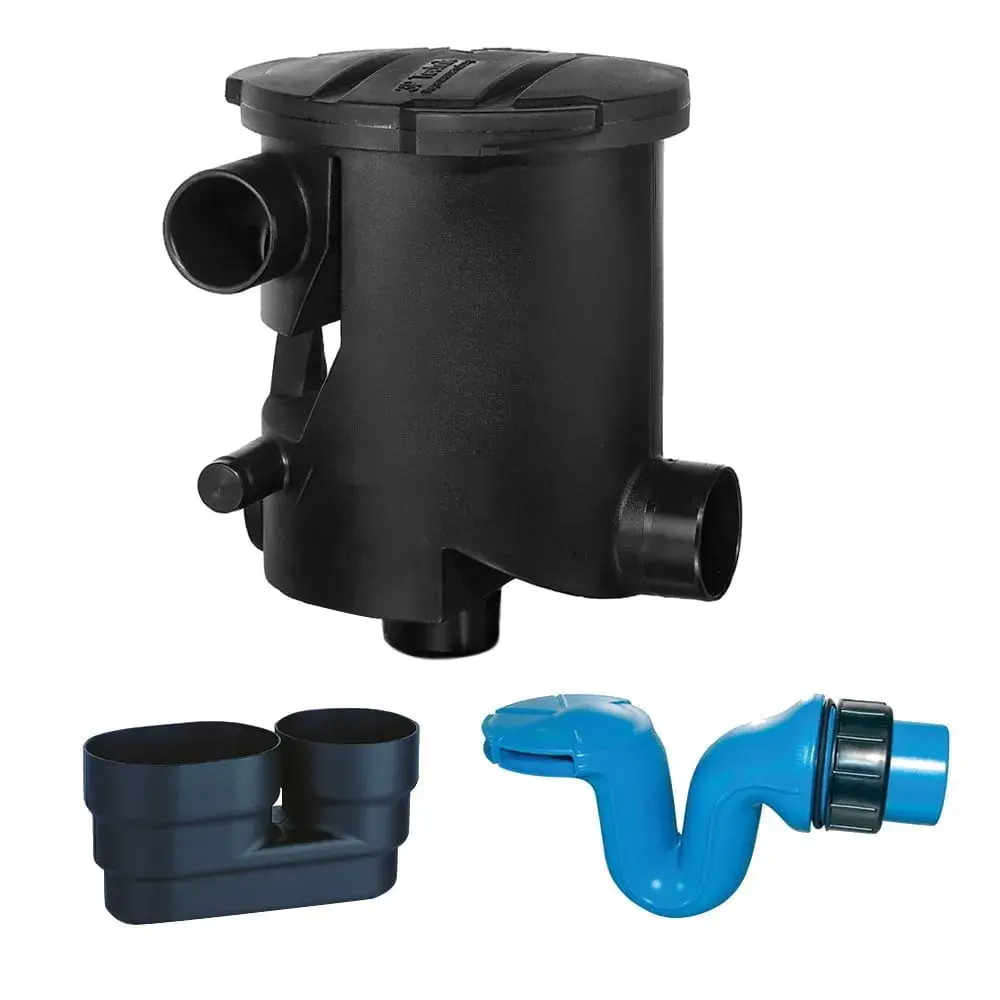Solids Separation in Primary Wastewater Treatment
Solids Separation in Primary Wastewater Treatment and solids removal is an essential part of the treatment of wastewater. This entails separating them from the liquid through using settlement tanks. The less-dense solids and organic matter may float on the water or they may be suspended in the liquid which will require coagulation and flocculation treatment methods to make these settle.
Suspended particles may remain in suspension as a colloid in the waste water or simply because of the motion of the water in the tank. When the water is calm, settle-able solids will sink, given time which is where a conical settlement tank with side decant valves would often be used.
These solids are removed by clarification, air floatation, and settlement in cone-shaped tanks, where the sludge produced sinks to the bottom of the cone where it can easily be removed.
Air flotation units
The idea is to separate solids from the liquid by matching air bubbles to the particles of suspended solids. There are four main ways to do this:
- The mixer or aerator generates bubbles.
- Biological flotation – the bubbles are produced by biological activity.
- Air is added under pressure and released at atmospheric pressure.
- Air is added at atmospheric pressure and released under a vacuum.
The method chosen depends on the type of sludge, its depth and age, the ratio of air to solids, and the recycling rate. It needs monitoring to ensure efficiency.
Primary clarification
The aim of primary clarification is to remove as many of the suspended solids and other solid particles as possible. Organic settle-able solids demand a large amount of oxygen (BOD) in further treatments in the plant.
The settling tanks need to be adjustable to the specific needs of the clarifier. Common conditions influencing the action of the clarifier include:
- The time the wastewater spends in the tank. Particles take time to settle.
- The size of the tank – if the tank is too small to accommodate the flow, then particles will get carried out in the effluent from the tank.
- The temperature – as the temperature increases the setting rate also increases in general.
- Shortcuts – the velocity of wastewater must be evenly distributed to all areas of the tank, or some water may take a shortcut.
- Turbulence – this inhibits the settling out of particles.
After the primary clarifiers are used, secondary wastewater treatment including secondary clarifiers, trickling filters and other wastewater treatment plant is used.
Enduramaxx tanks for solids separation of wastewater
Our rotationally moulded plastic tanks are designed to suit all stages of wastewater treatment systems. We have a large range of cone-shaped tanks which makes thorough cleaning and complete emptying possible. We can supply all the fittings you require to treat your wastewater successfully. You can view our clarification tanks here and our aeration tank for activated sludge here. If you would like to give us a ring on 01778 562810 our experts will be happy to discuss your specific needs.
Posts By Topics
- Blog (303)
- Chemical Storage Tanks (118)
- Chemical Dosing Tanks (114)
- Chemical Tanks (114)
- Water Tanks (58)
- Rainwater Harvesting Tanks (43)
- Vertical Rainwater Tanks (31)
- Vertical Storage Tanks (31)
- Cone Bottom Tanks (19)
- Conical Cone Tanks (18)
- Rainwater Harvesting (17)
- Water Bowsers (15)
- Horizontal Tanks (14)
- Potable Water Tanks (13)
- Farming (9)
- Case Studies (8)
- Industrial Storage Tanks (7)
- Liquid Fertilser Storage Tanks (6)
- WRAS Approved Potable Tanks (6)
- Wine and Beer Production (6)
- Horizontal Transport Tanks (5)
- Microbrewery (5)
- Rainwater (5)
- Category 5 Break Tanks (4)
- Cider Production (4)
- Mixer Tanks (4)
- Molasses Tanks (4)
- Polyethylene tanks (4)
- Rainwater Filter Kits (4)
- SPECIALIST & BESPOKE TANKS (4)
- Bunded Tanks (3)
- Slimline Tanks (3)
- WRAS Approved (3)
- Clarification Tanks (2)
- Crosslinked Polymer Tanks (XLPE) (2)
- Fertiliser Tanks (2)
- Sump Tanks (2)
- Tank Installation (2)
- Water Butt (2)
- underground water tanks (2)
- ACCESSORIES & FITTINGS (1)
- ATV & UTV SPRAYING UNITS (1)
- Above Ground Effluent Tanks (1)
- Bespoke Tank Frames (1)
- Category 5 Turret (1)
- Caustic Soda Tanks (1)
- Closed Top Bunded Tanks (1)
- Craft beer (1)
- Effluent Tanks (1)
- Enduramaxx (1)
- Ferric Chloride Tanks (1)
- Fire Safety Regulations (1)
- Fire Sprinkler Water Storage Tanks (1)
- Industrial Water Tank (1)
- Open Top Bunded Tanks (1)
- Open Top Cone Tanks (1)
- Open Top Vertical Tanks (1)
- Polyethylene Potable Water Tanks (1)
- Polyvinylidene Fluoride (PVDF) Tanks (1)
- Polyvinylidene Fluoride Tanks (PVDF) (1)
- Pressure Washers (1)
- Pro Series Spot Sprayers (1)
- RWH (1)
- Sodium Hydroxide Storage Tanks (1)
- Sprayer Fill-up Tanks (1)
- Uncategorised (1)
- liquid fertiliser tank (1)
Sign up to the newsletter
enduramaxx.marketing
Related Posts
Why Are Settlement Tanks Used In Wastewater Treatment?
Settlement tanks and coagulation tanks have many applications for the removal of solids from...
Enduramaxx Primary Water Treatment Tanks - Enduramaxx Ltd
Enduramaxx primary water treatment tank range is now all listed on the website including the...
Primary Settlement Tanks In Water Treatment: Why Are They Used?
Clarification or primary settlement tanks are used for a wide variety of applications in the...
Related Products
From £1,080.00 inc. VAT
£900.00 exc. VAT
From £1,344.00 inc. VAT
£1,120.00 exc. VAT
From £768.00 inc. VAT
£640.00 exc. VAT
£480.00 inc. VAT
£400.00 exc. VAT





